You're getting hitched. You've spent months making sure everything's impeccable--the flowers, the music, the bow tie. But how much attention have you given to the wine? Yes, most of your guests will drink to the point where they don't even care what's in the glass, but there's no reason the booze at your reception shouldn't be as memorable as everything else on your big day.
The first order of business: "Don't trust the caterer," says Anthony Giglio, Food & Wine magazine's "Wine Wise Guy," who has planned hundreds of events around the country. "Google the wines they're proposing--the markup will blow your mind." Instead, exclude wine from your wedding package and source your own bottles. Venues are often flexible with corkage fees, and many caterers will buy the bottles for you wholesale.
Before making your selection, get advice from the local wine shops you trust. Set your price range and guidelines. Ask for lower-alcohol, medium-bodied, fruit-forward wines--stuff that's easy-drinking, but nothing that'll leave half your party wasted before the appetizers arrive. Bring home some reds, whites, roses, and sparklings and hold a tasting with friends. Opt for aromatic whites (sauvignon blancs or blends from Europe are generally more dynamic than oaky chardonnays), bright roses (Provence is your go-to region for pink), and soft-tannin reds (pinot noirs are flexible enough to transition from the reception to dinner, pairing with both fish and meat).
The sparkling wine you choose will depend on your budget. "If you can afford one made in the Champagne method, also labeled as the 'traditional method,' they will have more finesse and depth," says Giglio. "These undergo a second fermentation in the bottle, creating the sparkle, and are usually aged a minimum of two years, which makes them more refined and flavorful."
The second bubble-making fermentation in prosecco and cava is done in big tanks in the Charmat method, which is far less expensive but still yields a fresh, fruity taste. It may be preferable for a larger wedding.
For a classy touch, set out a sign at the bar at the reception listing the wines you're serving, along with short descriptions of each. (You may also want to put these on the table.) Pass out mini bottles of sparkling wine (Chandon, Mumm, Pommery) to get the party going after dinner. Make sure you have enough: Figure a bottle of wine per person. Aunt Ellie might be a teetotaler, but Uncle Edgar has been known to drink the bar dry.
Instruct the staff not to uncork all the bottles at once; if you've negotiated a corkage fee, the unopened bottles can be returned. As for the Champagne toast, plan for eight pours per bottle--so for 100 guests, you'll need only about a dozen bottles of the good stuff. Splurge on real Champagne for the toast, and then serve lower-priced sparkling after.
If this all sounds like a lot, know that the added stress of nailing your nuptial drinks is worth it. "Wine is so overlooked at every wedding I've attended," Giglio says. "Couples will invest in premium vodka, oyster bars, even chocolate fountains, but I always suggest they make the wine as important a part of their early planning as possible, knowing people will be enjoying it with their meal. Upgrade the wines, and don't take no for an answer."
Like what you see here? Subscribe and be the first to receive the latest issue of Out. Subscribe to print here and receive a complimentary digital subscription.


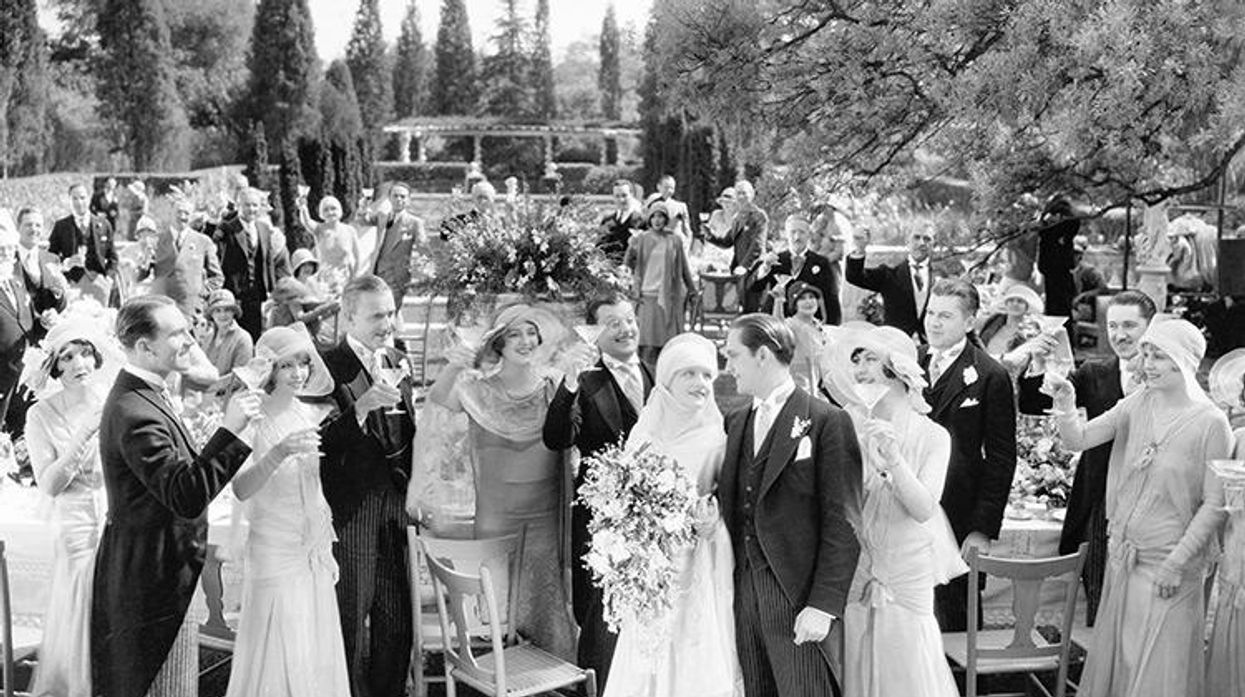


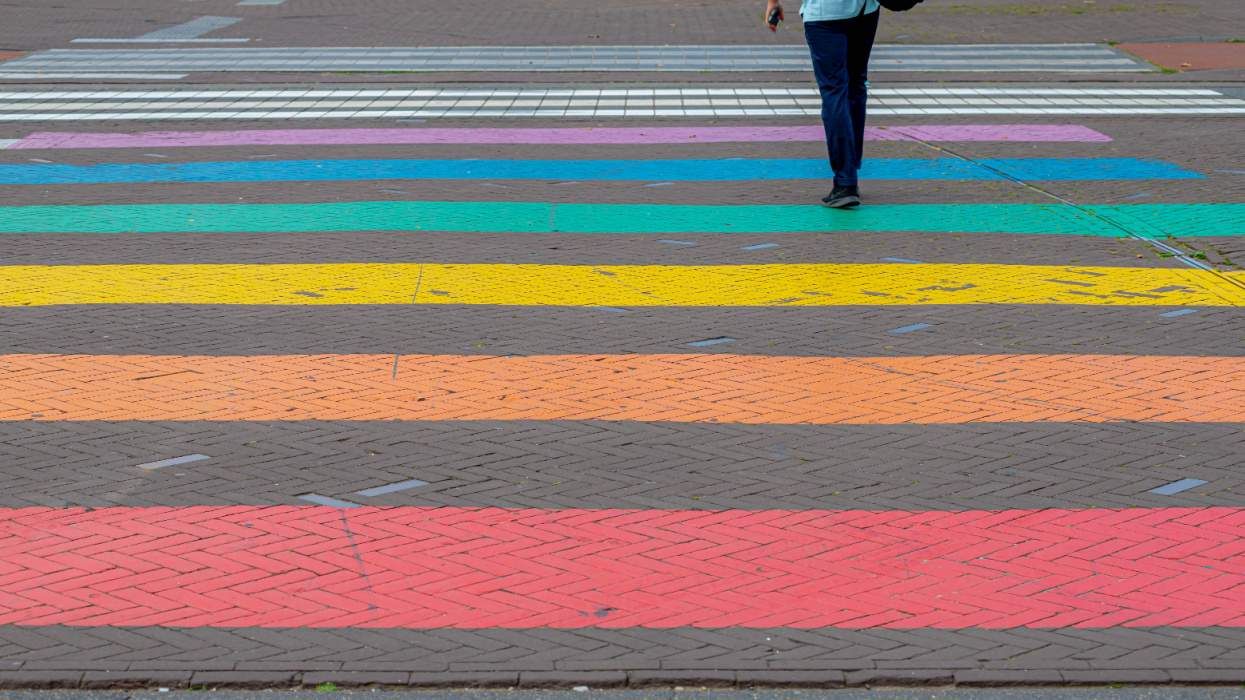
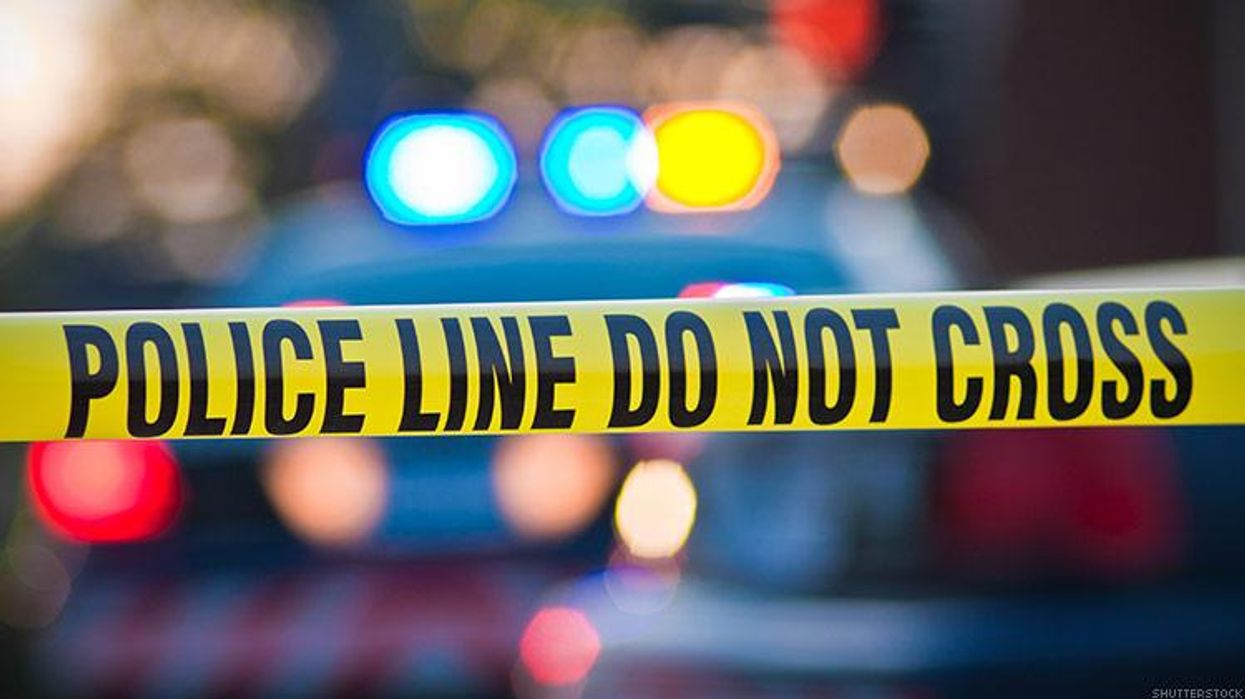

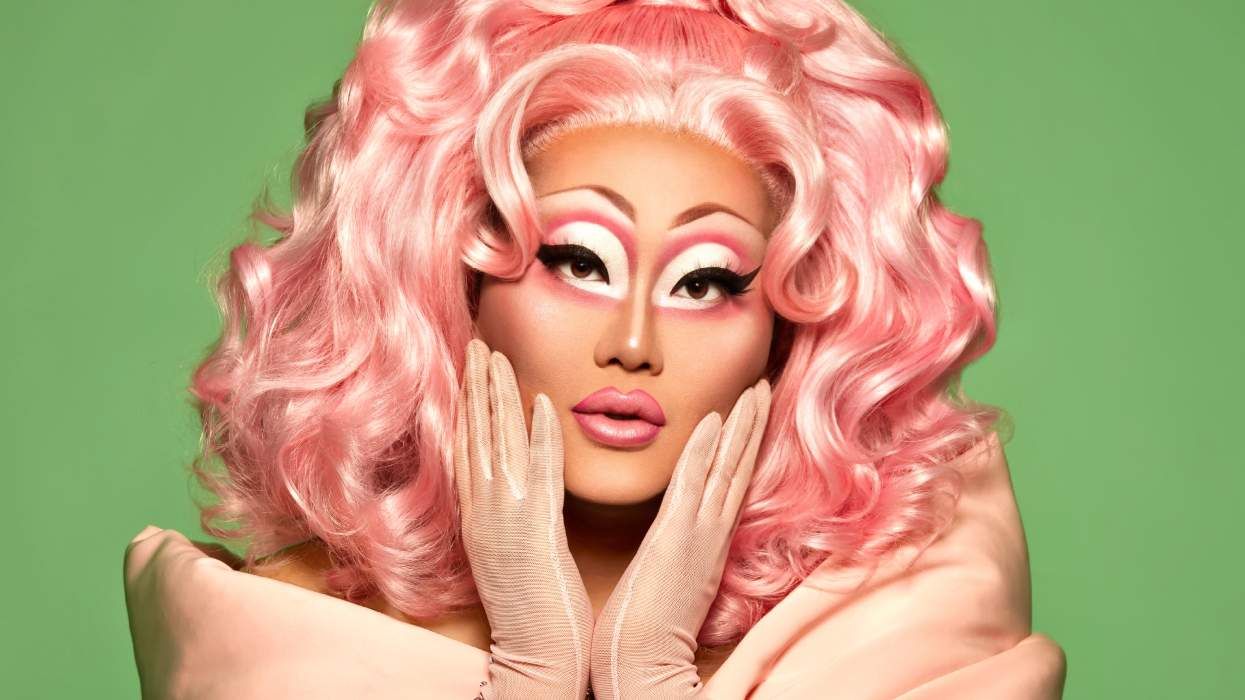
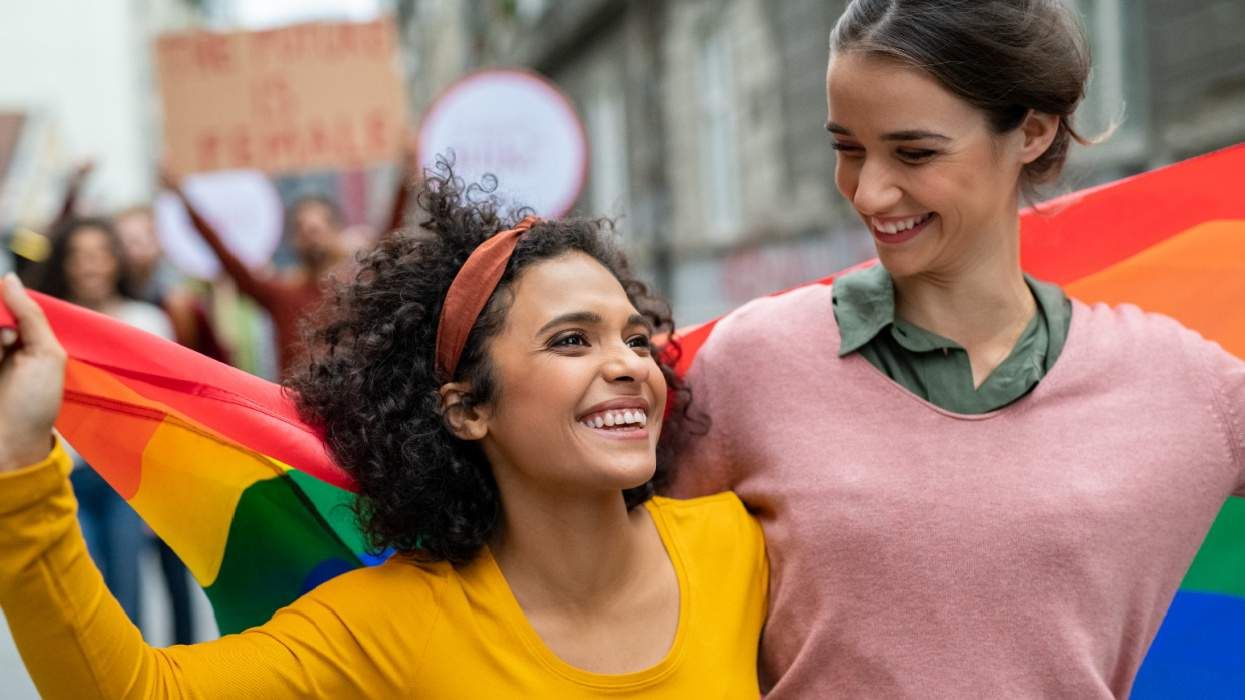
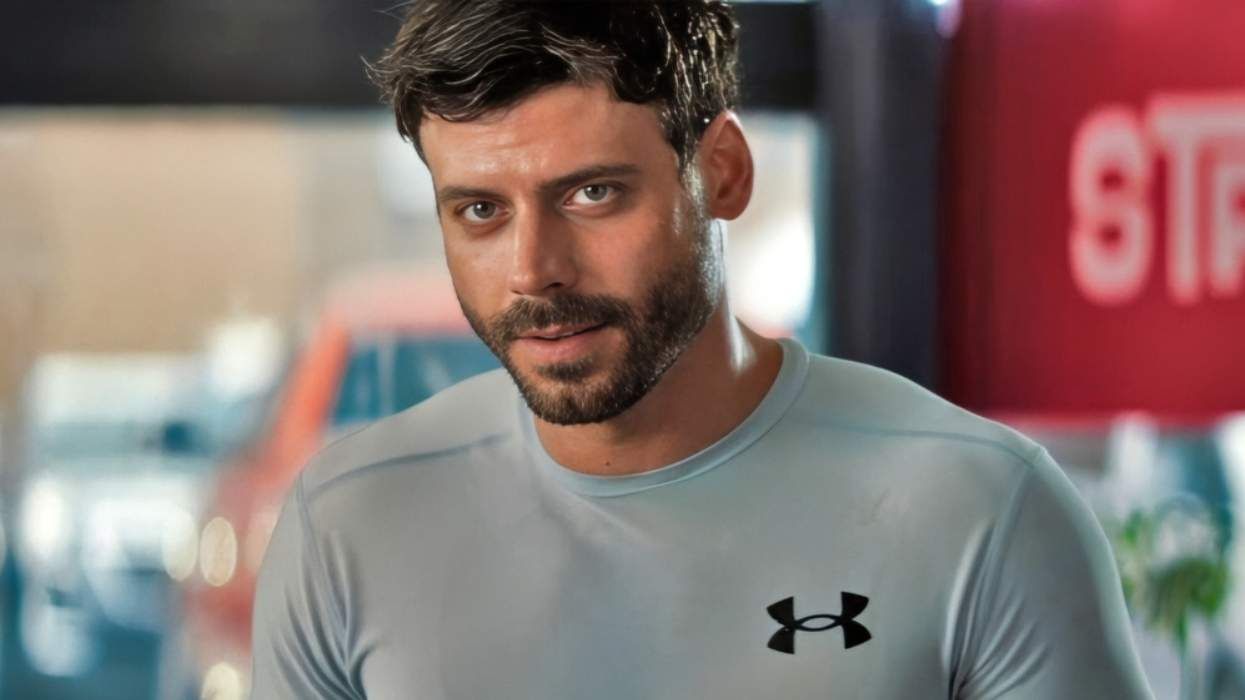

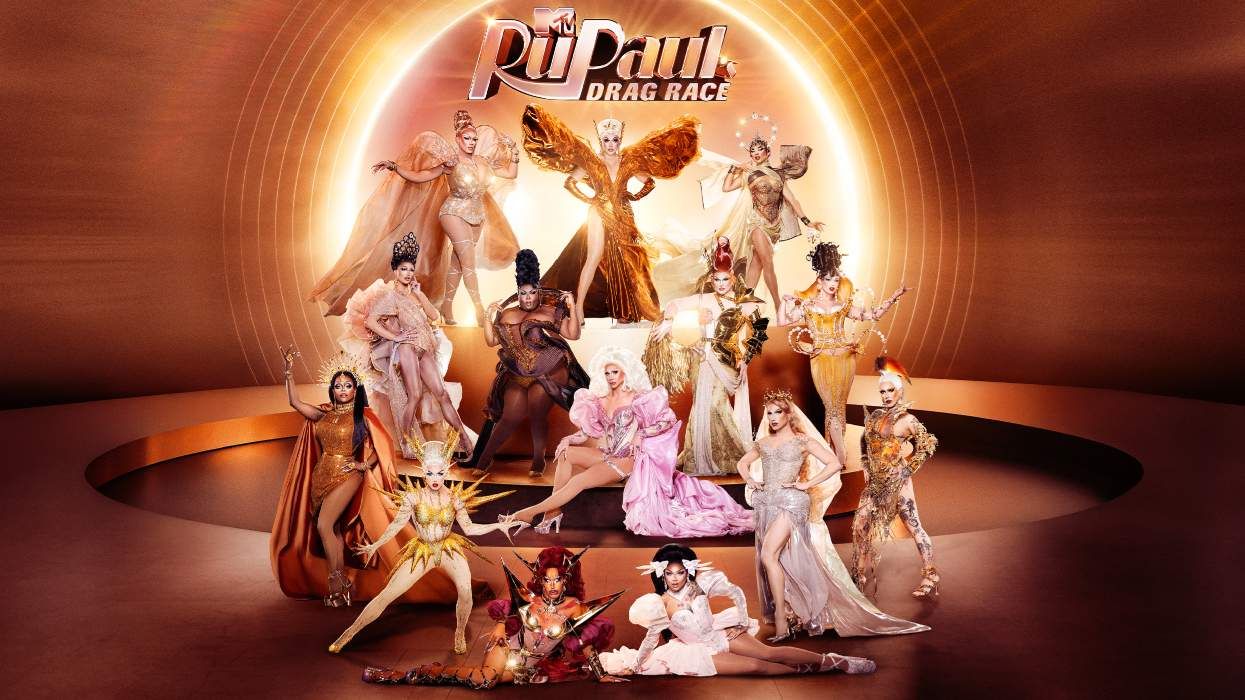




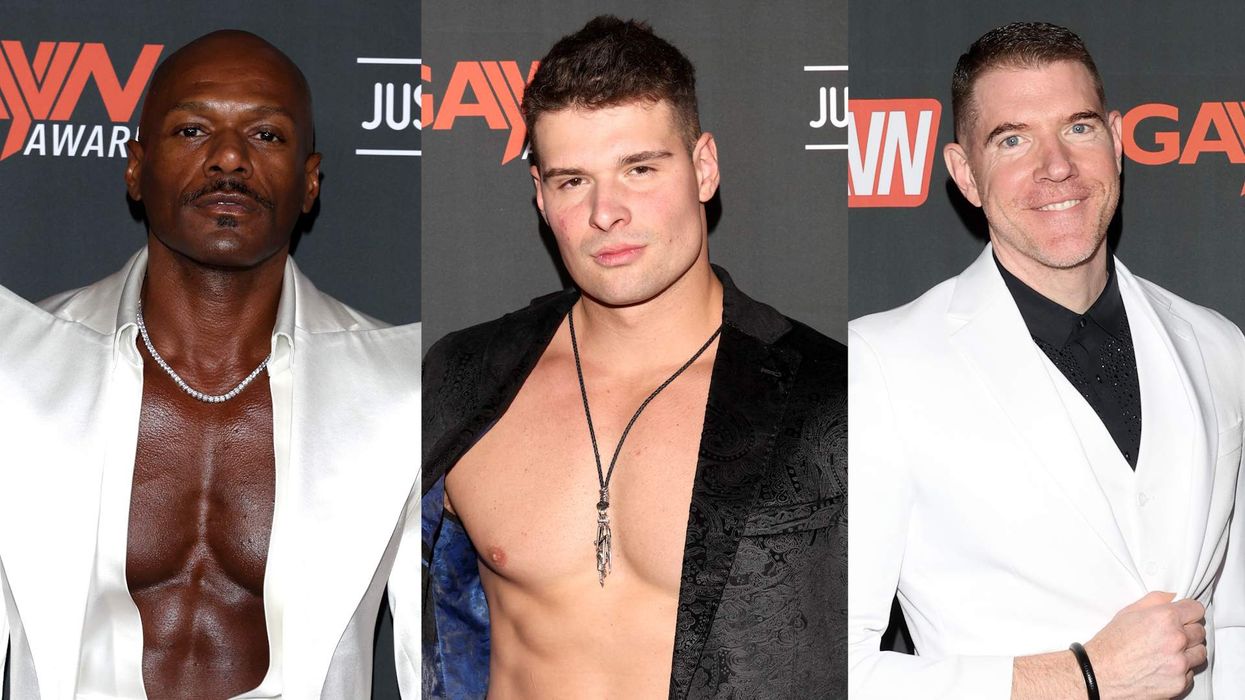

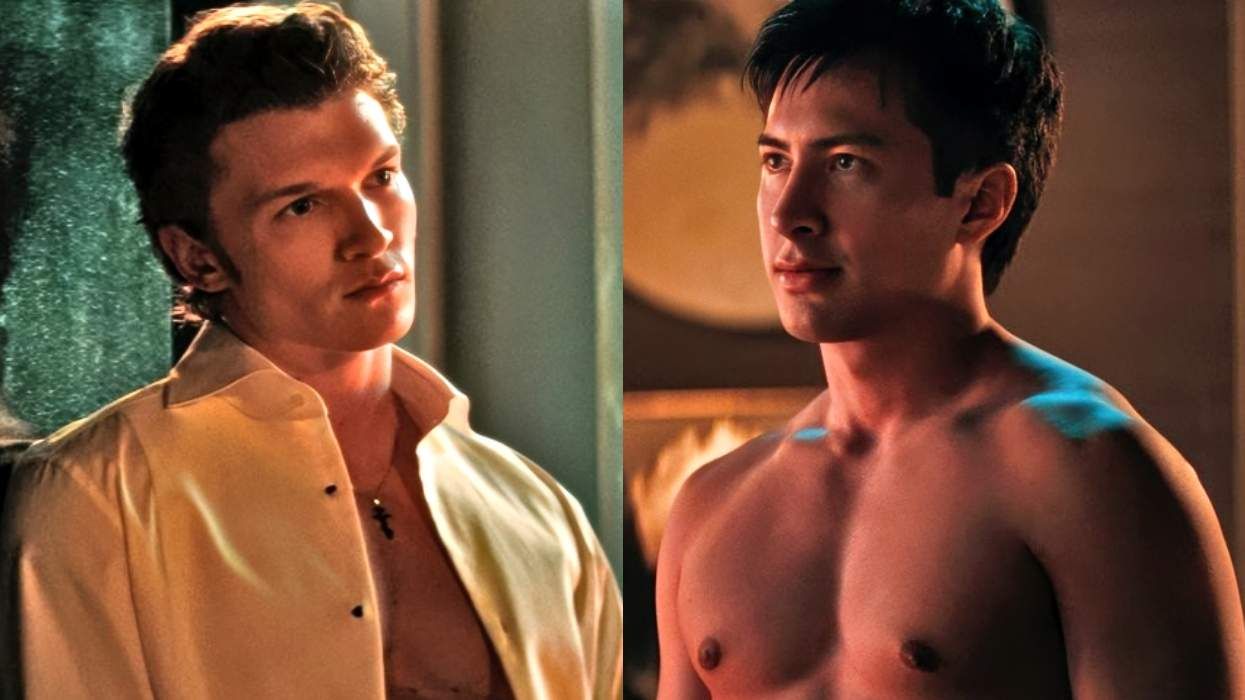
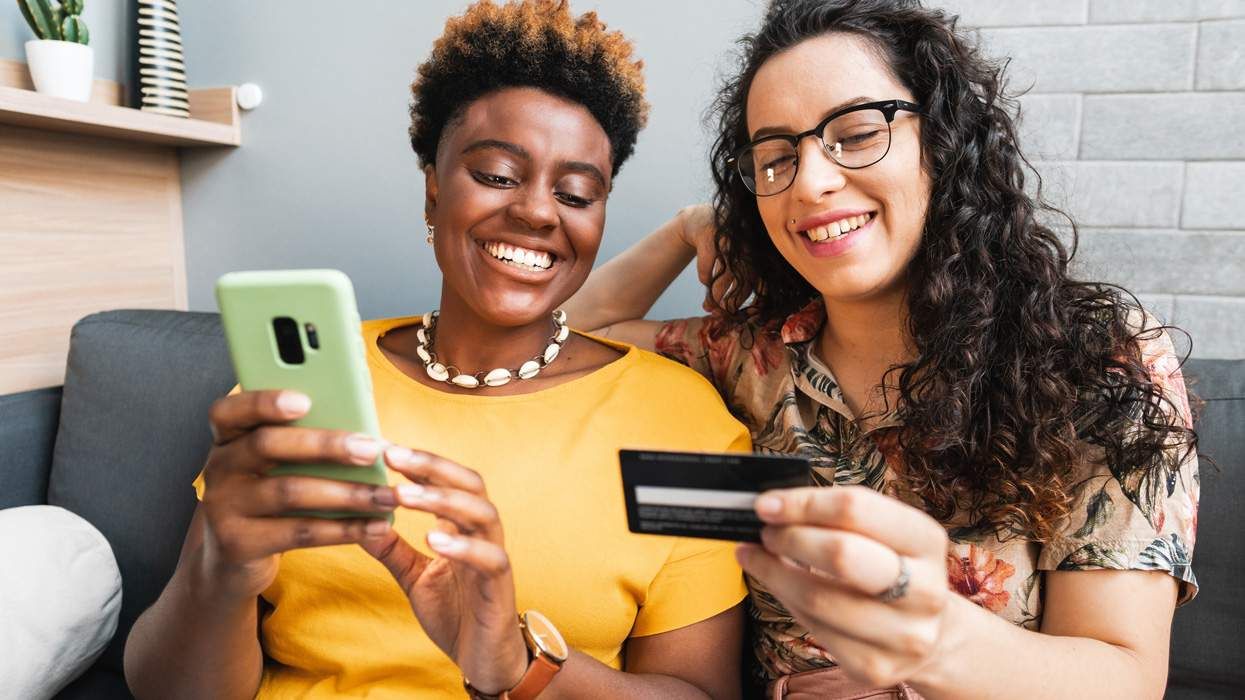

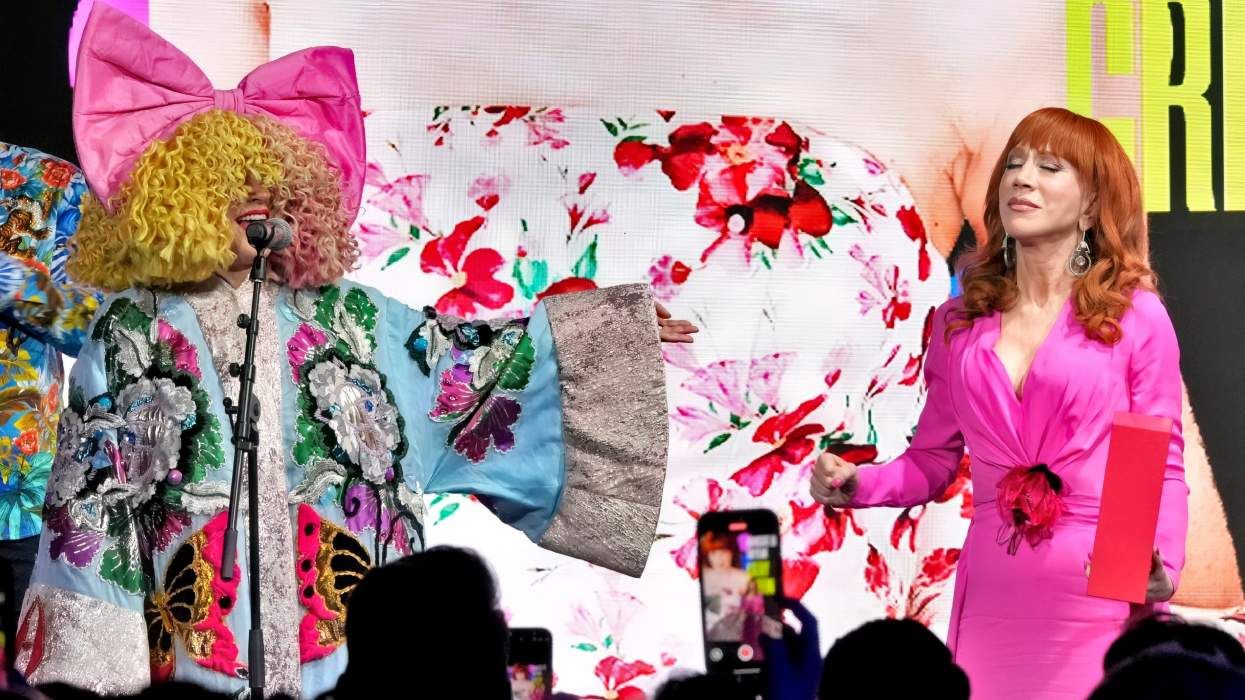

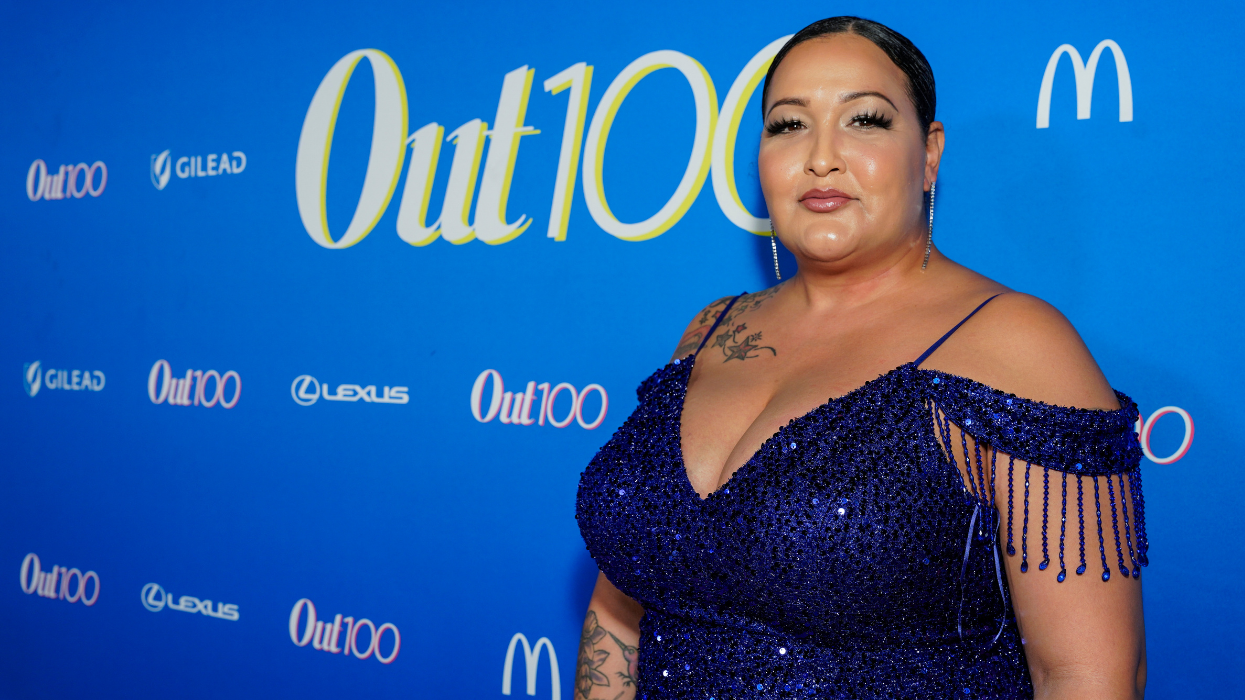
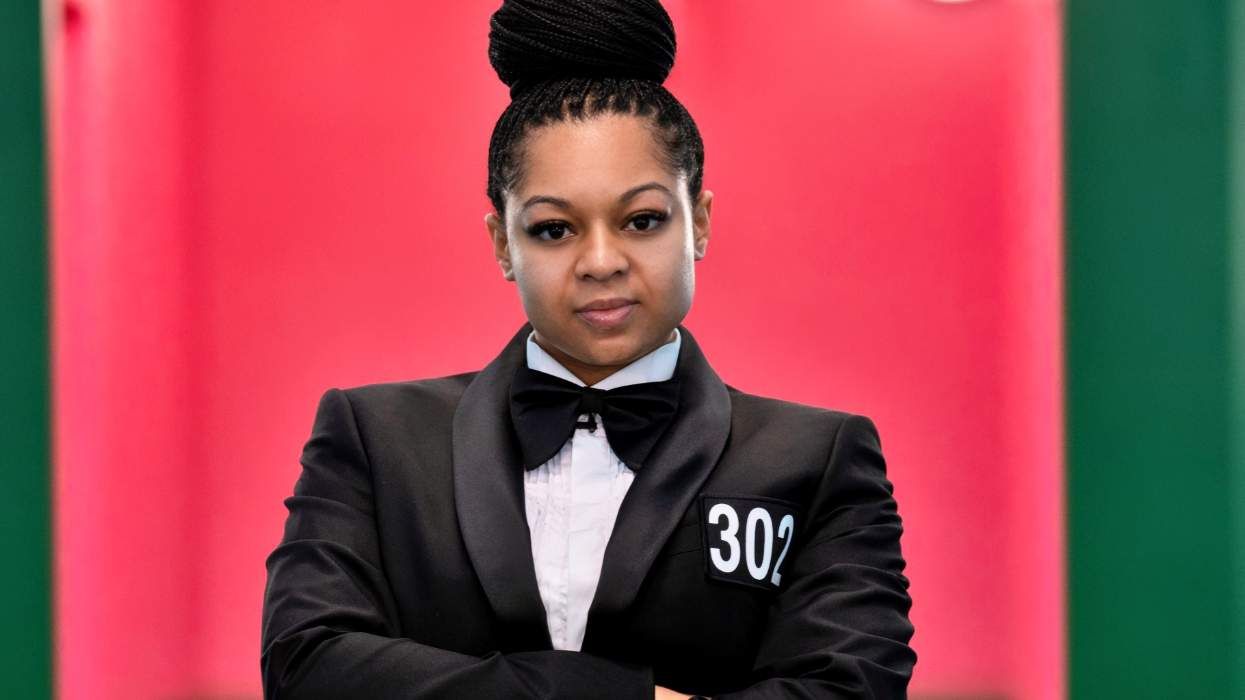

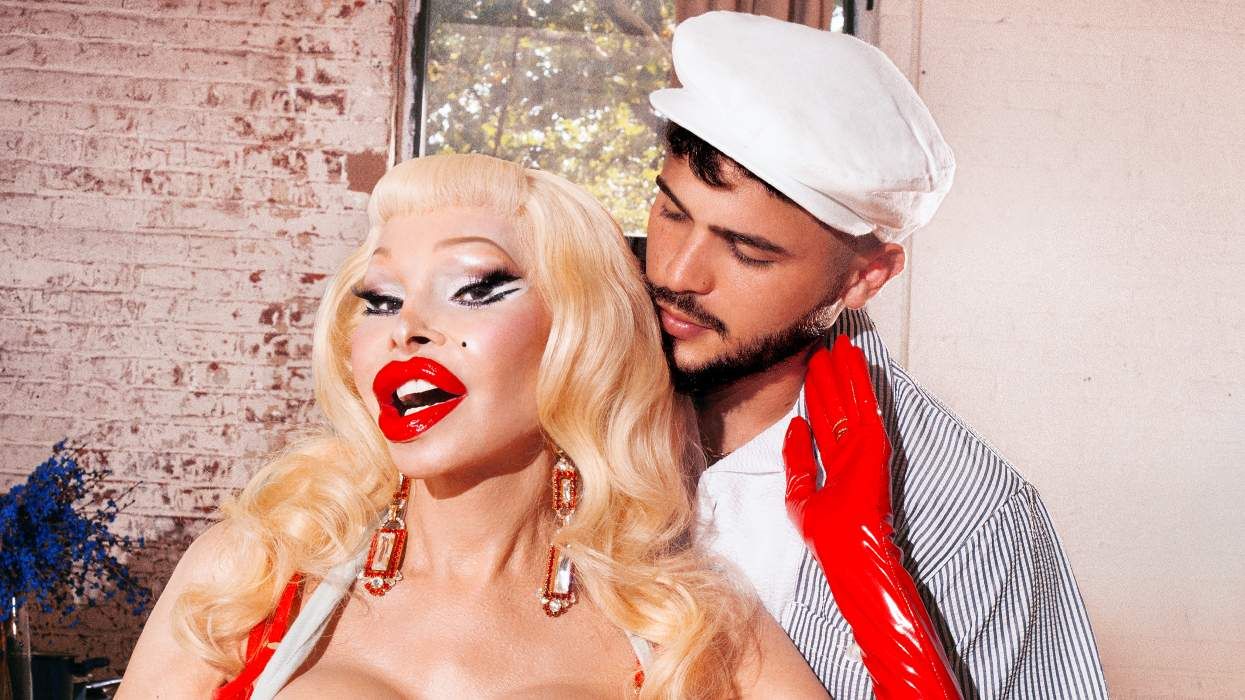
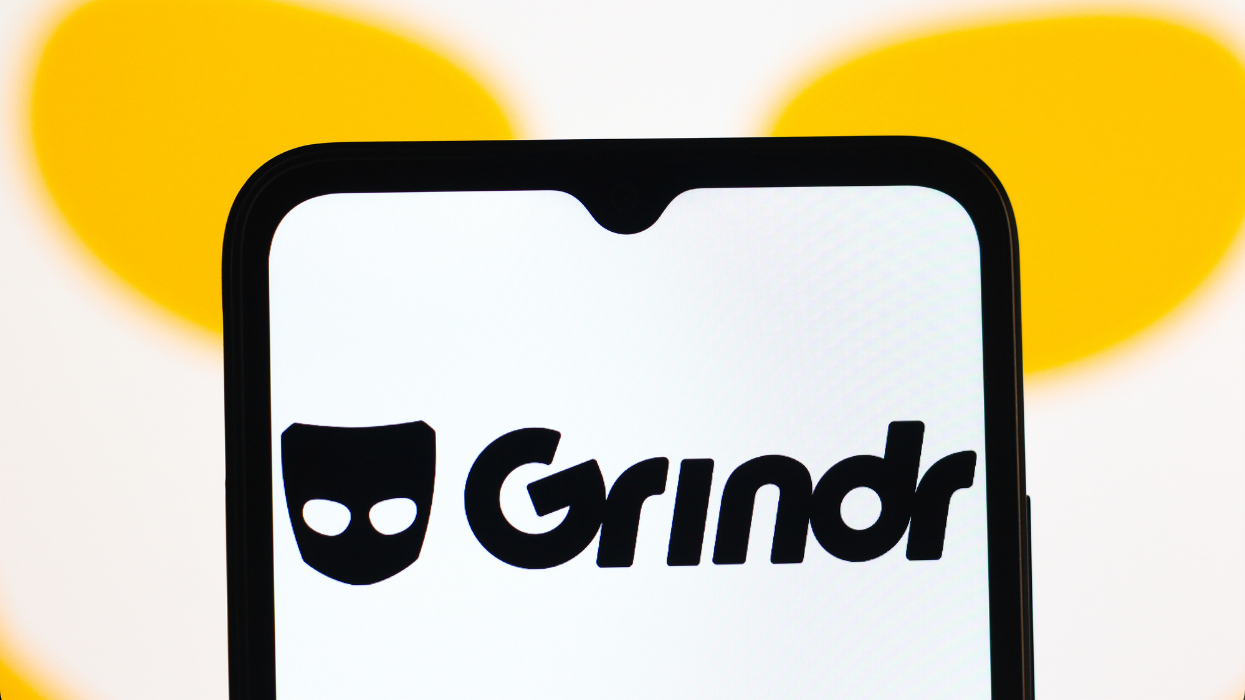

The 13 gayest Thanksgiving foods, ranked
Ranking the 13 gayest thanksgiving foods